Effort underway to preserve Canton's Black history in pictures
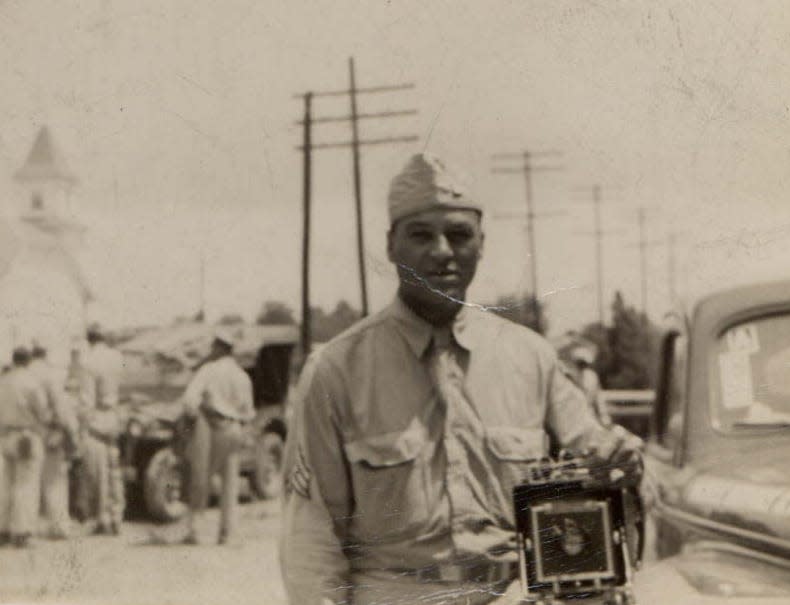
The contribution that the late Canton photographer Taylor Matthews made to preserving the history of the city's African American community can be measured by the multitude of images he left behind.
Matthews took the photographs over many decades prior to his death in 1974. A half-century after his passing, his pictures continue to be significant in chronicling Black history in both the Canton and Stark County.
Book chronicles Black life: 'African Americans of Canton, Ohio'
The photos take the viewers back to a time when Matthews, an avid photographer, rarely was without his camera and seldom was absent from gatherings large and small in Black neighborhoods.
These images taken by the ever-present image-maker – pictures later preserved by historians of local Black history – saved many of the memories of the city's African American community that easily could have been lost.
"Wherever Black people lived, worked or played, he was there. He was everywhere," said Gerry Radcliffe, who with Nadine McIlwain – and with contributions by dozens of other individuals – edited the 2019 History Press book "African Americans of Canton, Ohio: Treasures of Black History."
The book contains many of Matthews’ images.
"There are people today who don't realize the significance of his pictures," Radcliffe said. "You can look back and say, 'Oh, this is the way it was.'"
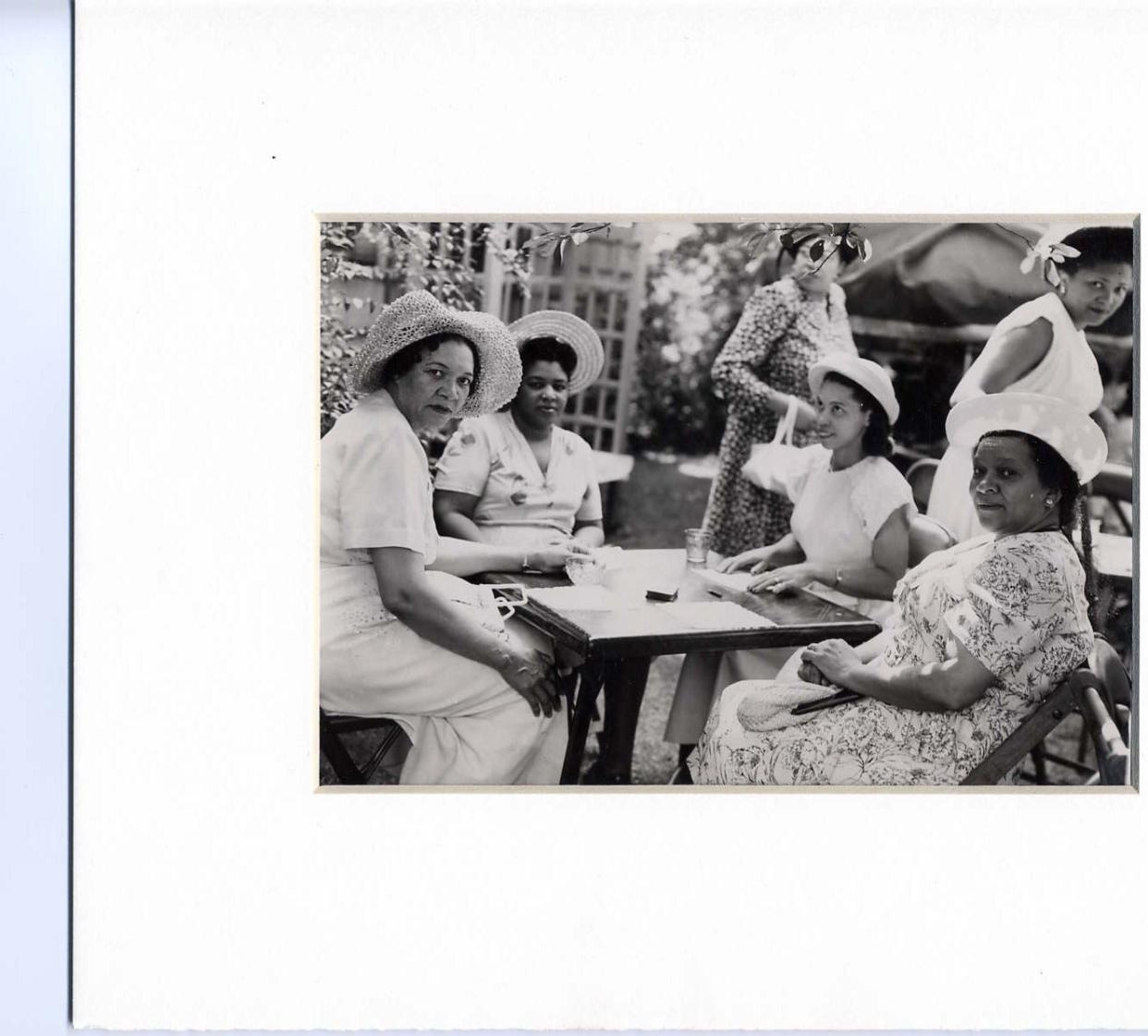
Radcliffe finds trove of photos
It was Radcliffe who brought the photos back to the attention of Canton residents years after the photographer's death.
"Back in 1999, I wondered where Taylor's photographs were, so I went to talk to his niece Ella Green, and she said 'They're in my basement,'" recalled Radcliffe, who said that boxes in that basement contained hundreds of photographs of family members, people in the community, places of interest, business structures, public celebrations, and private events in the lives of Black Canton residents, such as weddings and funerals.
A study in politics: McKinley Museum director explores presidential artifacts
"He had a very unique organizational system," noted Radcliffe. "We had the pictures, but none of the names of the people or places in them."
So, Radcliffe and older residents in the Black community held what she called a "picture identification party" to try to put names to faces, locations and events in images that she wanted to display in an exhibition in 2001 that she organized for McKinley Presidential Library & Museum with funding by a grant from Ohio Historical Society.
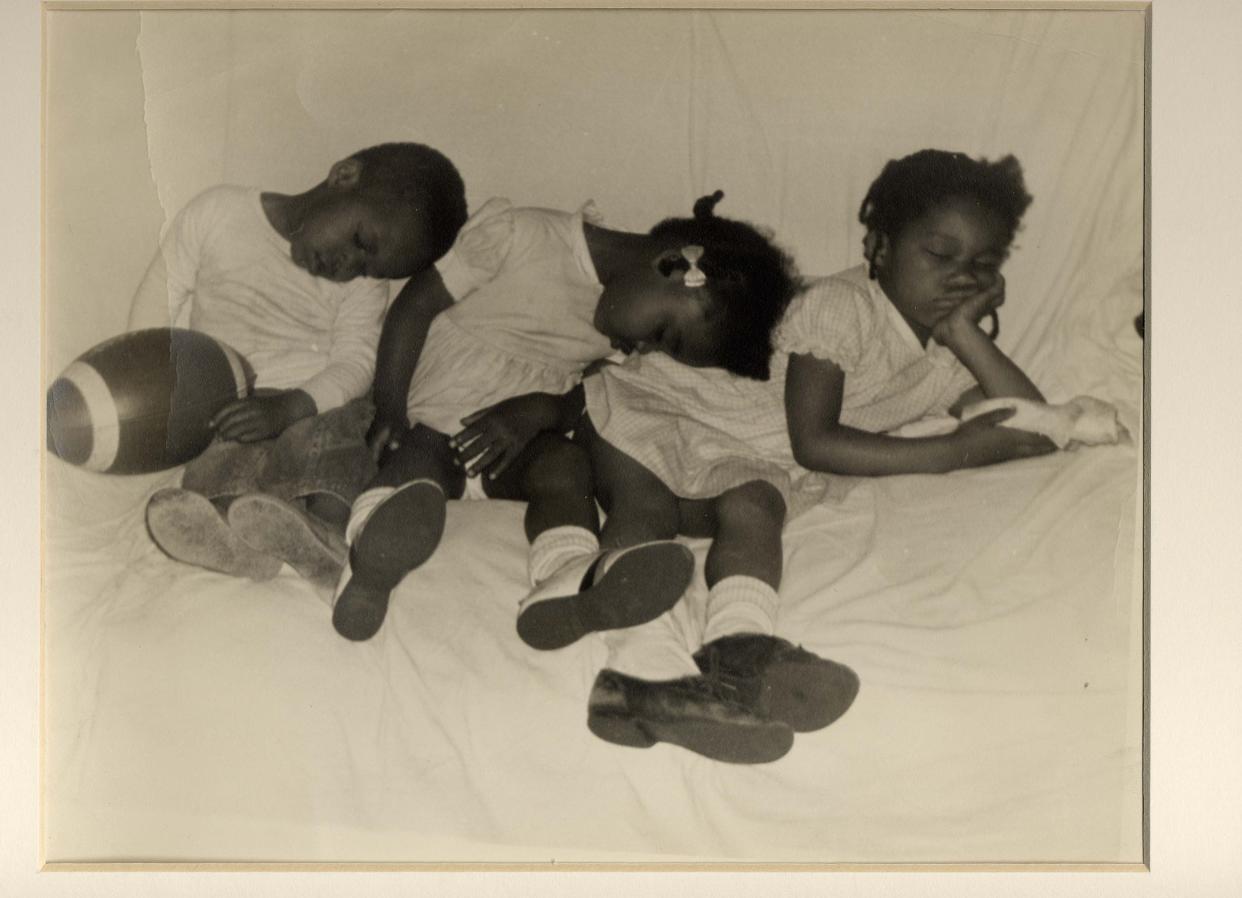
"I chose the 66 pictures that were to be on display for six months from the end of January to the end of June and they identified the people in each one of them – who was in the picture, what they were doing, and why," Radcliffe said.
The McKinley museum staff put the display together in the Keller Gallery, and the exhibit opened early in 2001. It meant much to individuals who personally knew Matthews and were fascinated by his work.
"Finally, we were giving him recognition for what he had done," Radcliffe explained. "We knew the value of his work because it documented what the Black community looked like – he pictured many of the businesses on Cherry Avenue – before urban renewal."
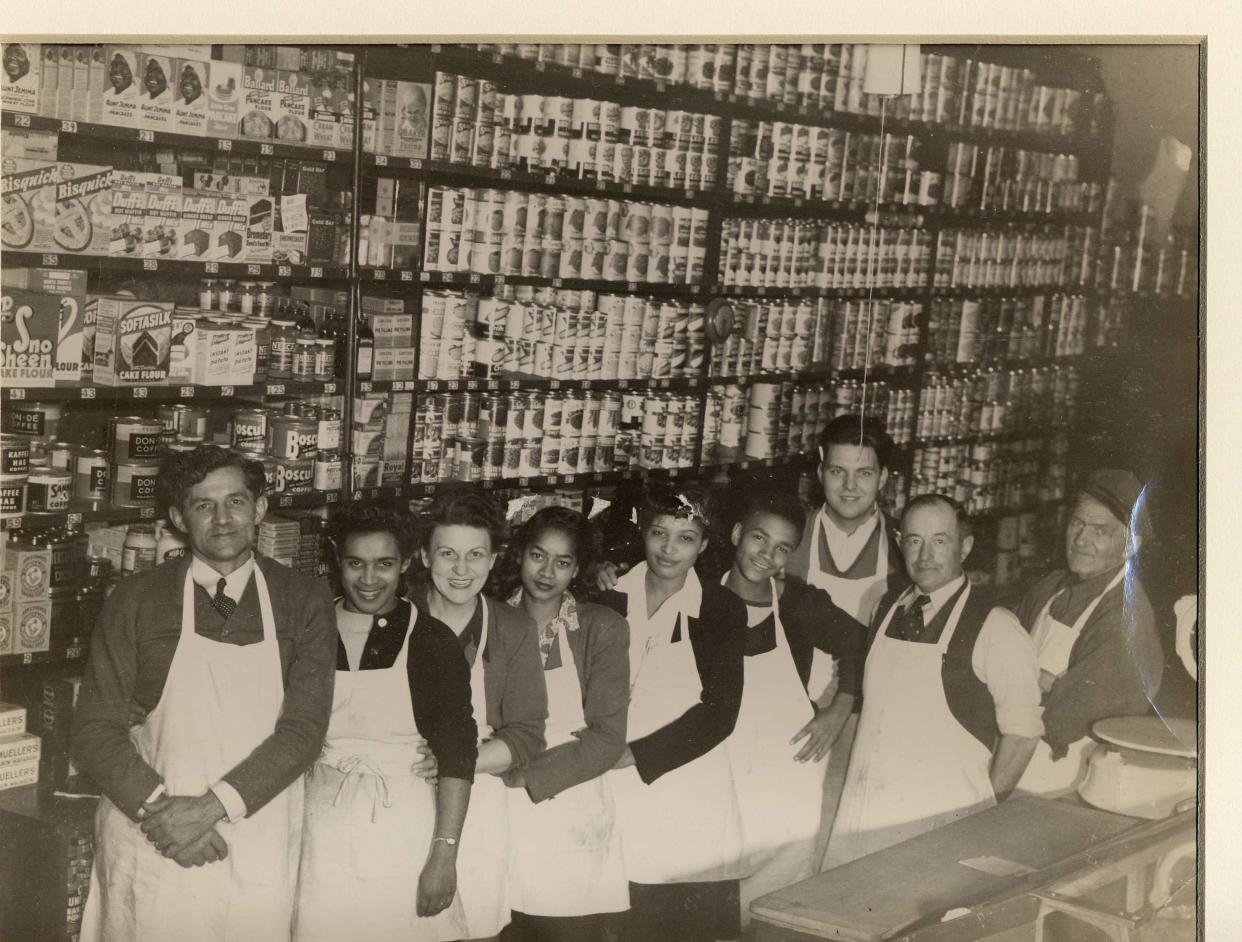
Came to Canton as a youth
Both Radcliffe and McIlwain recalled that Matthews developed an early interest in photography.
"He was born Feb. 24, 1905, in Alabama and he came to Canton at age 15," said Radcliffe. "He graduated from McKinley High School and he already was interested in photography, so when he went into the military he took pictures during his service."
Matthews was discharged from the military for medical reasons, returned home and took a job as a U.S. Postal Service special delivery driver, then started his photography business – Matthews Studio – as a side job. It turned into a career.
"He had a style of his own," said McIlwain. "His photographs weren't portraits, they were more full-length of individuals or groups. "He photographed a lot of weddings, parties and style shows. He would take pictures of important people and businesses. And he came to houses and photographed children, if he was asked."
McIlwain said her family knew Matthews well. Everybody in the black community knew the photographer.
"He was a fine gentleman. He spoke softly and talked to everyone," she said. "He was just always around. For example, on Sundays at Jackson Park in the summer there were games. The women played softball and the men played baseball. He used to come down to the park every Sunday to take pictures."
Matthews "seemed to know everybody" he encountered, McIlwain recalled, and an individual's stature "didn't make any difference to him."
"He wasn't wealthy and he wasn't a politician," said McIlwain, noting that the photographer's sister, Canton City Council member Esther Archer, was the first Black woman elected to a municipal office in 1948. "He just loved to take pictures, and he took pictures of everybody."
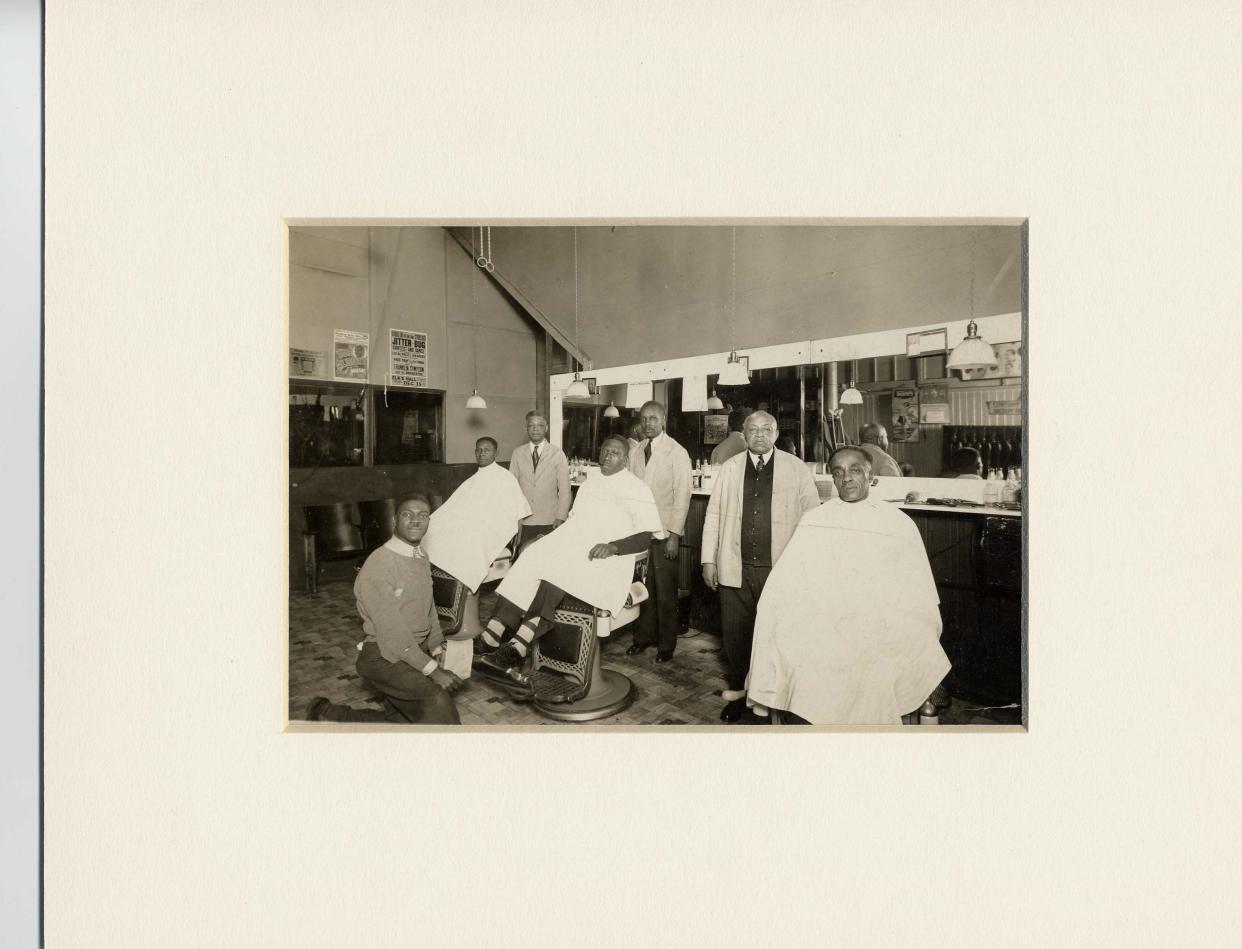
Museum preserves black history
Radcliffe has her own personal collection of Taylor Matthews photographs, as does McKinley museum. Still, much is left to be done to discover and preserve additional Matthews photos (you can tell an original by its "Matthews" stamp) and to protect the pictures taken of the Black community by other photographers since Matthews' death in 1974.
"People need to know what Taylor has done," said Radcliffe. "He's not here, but he's left a legacy for us to look at."
Officials at McKinley Presidential Library & Museum have pledged to do their part in promoting Matthews' photographs and preserving Black history in general.
"Taylor Matthews' work captures moments that are too often lost to history," said Kimberly Kenney, executive director of McKinley Presidential Library & Museum. "Not only did he document Black history in our community, his images have also been shared publicly, which is still rare even in the 21st century."
More than two decades after Matthews' photographic work was exhibited at McKinley museum, Kenney has dedicated the museum to establishing a Black history museum, to be part of McKinley museum.
"As we lay the framework for the future Stark County Black History Museum, we recognize that these stories are largely missing from our collections, and we are trying to make that right," she explained. "It starts with making sure that the Black community understands that their stories are worth preserving and sharing."
The Black history museum will preserve not only Matthews' images, but also other information and artifacts that help to tell the story of Black history in Canton and Stark County.
"Later this year we will be hosting two archive days where people can bring their photographs and artifacts to the Museum to help us build our collection and tell these stories. We are planning a Keller Gallery exhibition in 2026 that will serve as a preview of what is to come in the permanent 'museum within a museum' that we are planning," she added.
"This exhibition will be part of the America 250 commemoration, which challenges museums across the country to share untold stories that have helped shape our nation," Kenney further explained. "The Museum is currently raising funds to hire a Black history curator, so we will have a staff member dedicated to this very important work."
Reach Gary at gary.brown.rep@gmail.com. On Twitter: @gbrownREP.
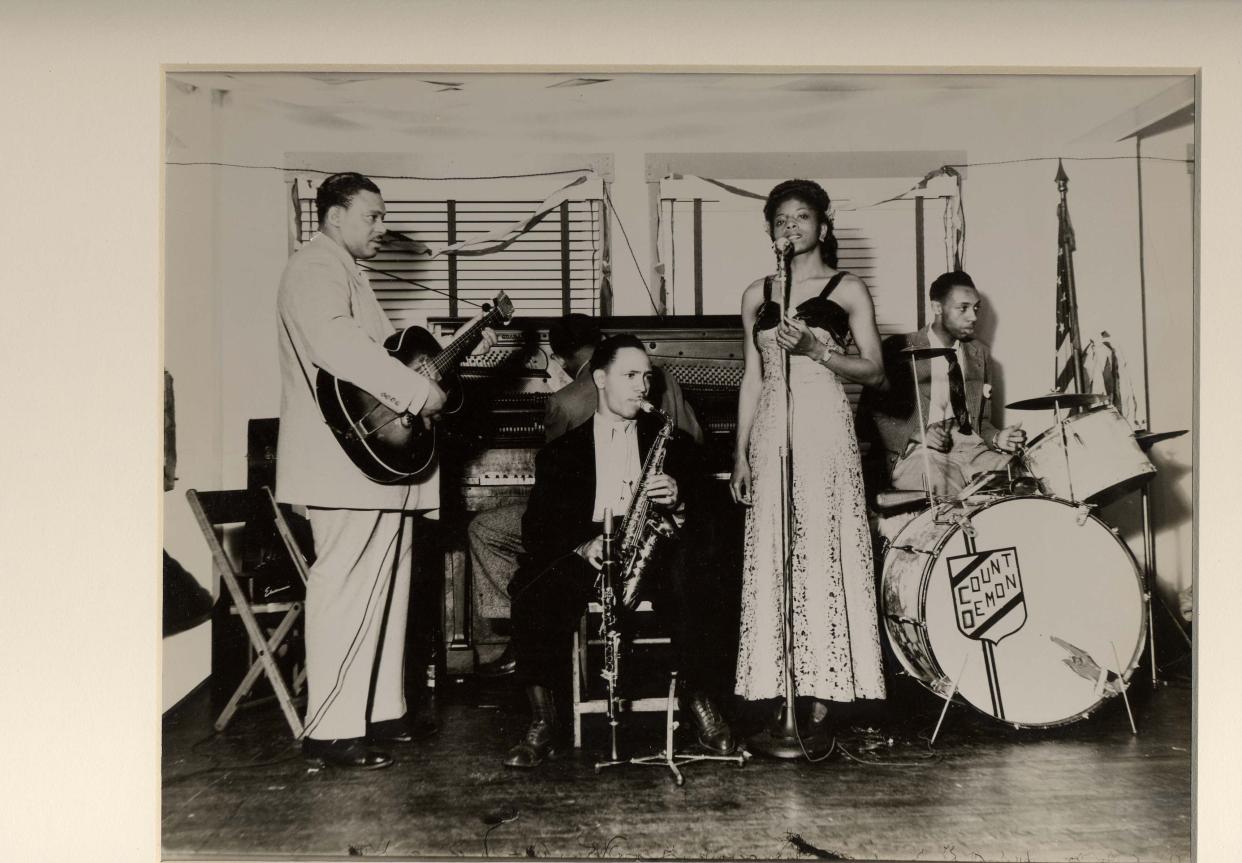
This article originally appeared on The Alliance Review: Effort underway to preserve Canton's Black history in pictures
